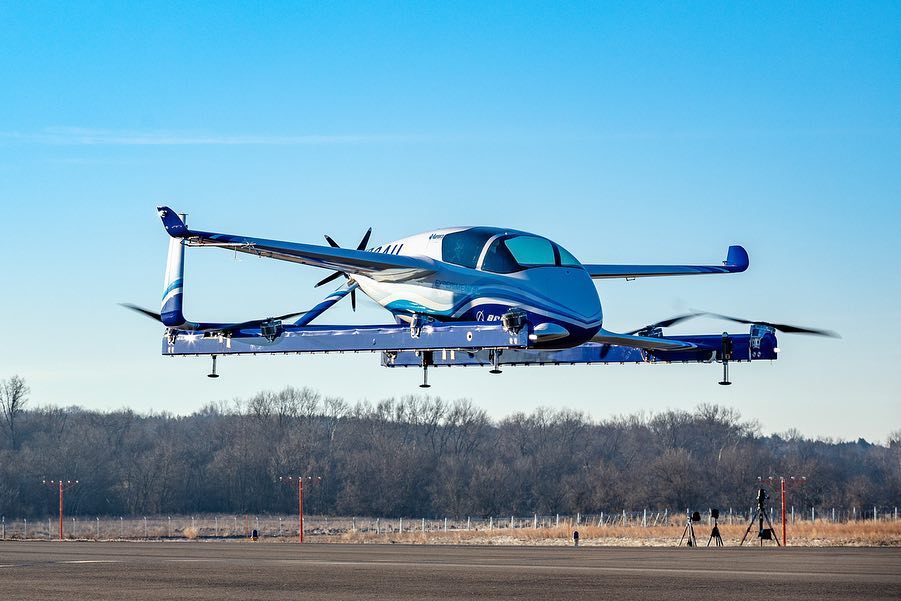
Boeing completed the first test flight of its all-electric autonomous passenger air vehicle (PAV) prototype yesterday in Manassas, Virginia.
The prototype completed a takeoff, hover and landing during the flight.
Boeing said future flights of the PAV will test forward, wing-borne flight and the transition phase between vertical and forward-flight modes. The transition phase is considered to be the most significant engineering challenge.
Boeing NeXt, which leads the company’s urban air mobility efforts, worked with Boeing subsidiary Aurora Flight Sciences to design and develop the electric vertical takeoff and landing (eVTOL) aircraft.
Designed for fully autonomous flight from takeoff to landing, the PAV has a range of up to 50 miles (80.47 kilometres). The PAV is 30 feet (9.14 meters) long and 28 feet (8.53 meters) wide. Its advanced airframe integrates the propulsion and wing systems to achieve efficient hover and forward flight.
“This is what revolution looks like, and it’s because of autonomy,” said John Langford, president and chief executive officer of Aurora Flight Sciences. “Certifiable autonomy is going to make quiet, clean and safe urban air mobility possible.”
There are currently no electric aircraft being used in commercial operation. The main reason for this is that battery technology doesn’t offer a solution that can match the sheer amount of energy flying requires.
“In one year, we have progressed from a conceptual design to a flying prototype,” said Boeing Chief Technology Officer Greg Hyslop. “Boeing’s expertise and innovation have been critical in developing aviation as the world’s safest and most efficient form of transportation, and we will continue to lead with a safe, innovative and responsible approach to new mobility solutions.”
“Since the beginning of flight, Boeing has pioneered hundreds of commercial airplanes, defense aircraft, spacecraft, integrated systems and more,” said Boeing Chairman, President and CEO Dennis Muilenburg. “Congratulations to the teams whose hard work and dedication make these test flights a reality—I look forward to the many exciting milestones that lie ahead.”
